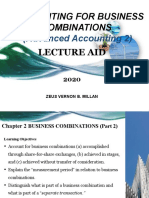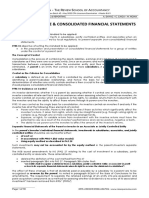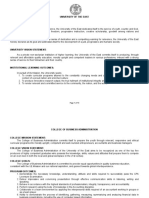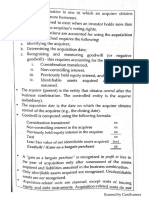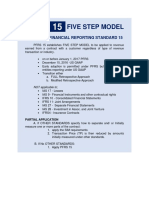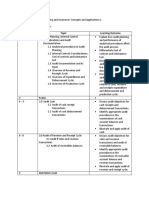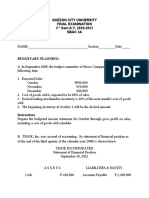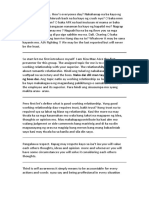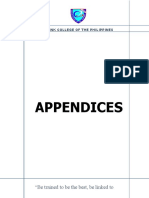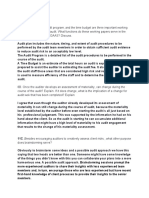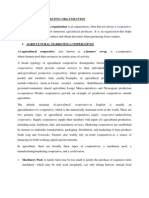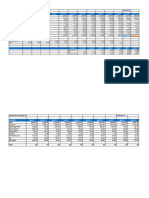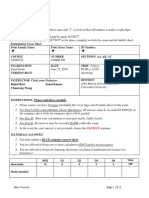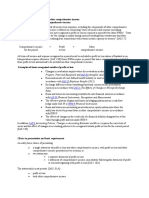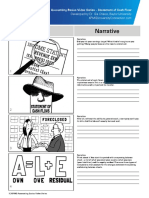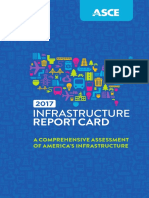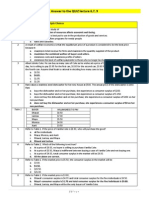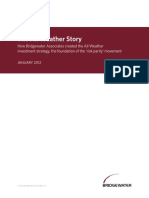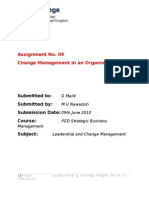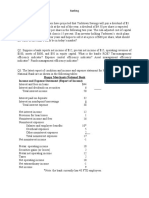50% found this document useful (2 votes)
2K views13 pagesQuezon City University: Bachelor of Science in Accountancy
This 3-unit course deals with accounting for business combinations, consolidation, and mergers based on International Financial Reporting Standards (IFRS). Students will learn to record acquisition transactions, prepare consolidated financial statements, and address topics like foreign subsidiaries, changes in foreign exchange rates, and current issues. Upon completion, students are expected to demonstrate acquisition accounting entries; discuss eliminating entries for consolidated statements; and evaluate consolidated income attributable to the parent company. The course will be assessed through class participation, quizzes, assignments, and a major examination.
Uploaded by
Riza Mae AlceCopyright
© © All Rights Reserved
We take content rights seriously. If you suspect this is your content, claim it here.
Available Formats
Download as DOCX, PDF, TXT or read online on Scribd
50% found this document useful (2 votes)
2K views13 pagesQuezon City University: Bachelor of Science in Accountancy
This 3-unit course deals with accounting for business combinations, consolidation, and mergers based on International Financial Reporting Standards (IFRS). Students will learn to record acquisition transactions, prepare consolidated financial statements, and address topics like foreign subsidiaries, changes in foreign exchange rates, and current issues. Upon completion, students are expected to demonstrate acquisition accounting entries; discuss eliminating entries for consolidated statements; and evaluate consolidated income attributable to the parent company. The course will be assessed through class participation, quizzes, assignments, and a major examination.
Uploaded by
Riza Mae AlceCopyright
© © All Rights Reserved
We take content rights seriously. If you suspect this is your content, claim it here.
Available Formats
Download as DOCX, PDF, TXT or read online on Scribd
/ 13























